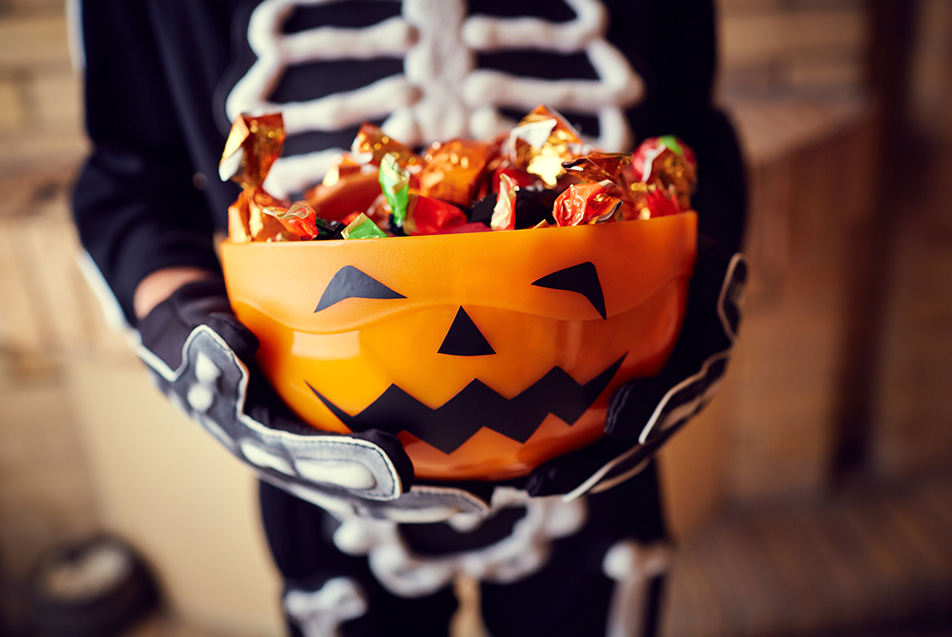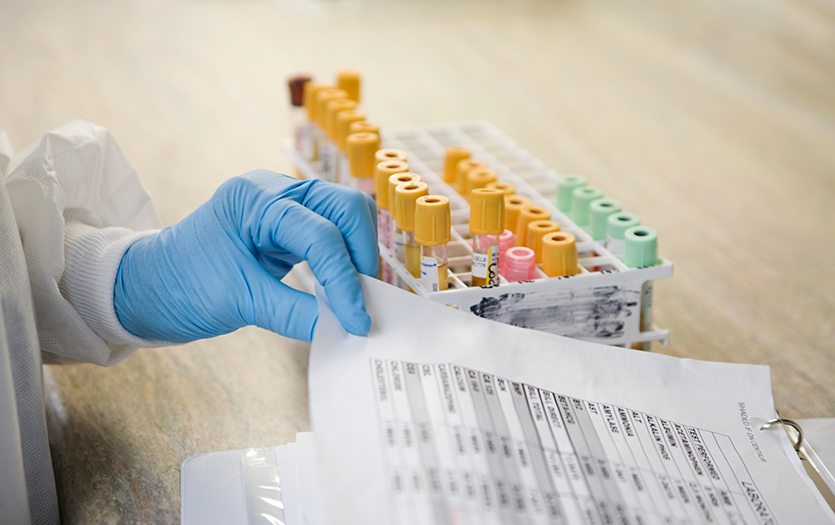
The leaves are changing color, signaling that Halloween and the holiday season are right around the corner. In every store you enter, you’re greeted with displays of candy. If you have diabetes, you may feel overwhelmed this time of year. According to Parkview diabetes educators, there are some very smart solutions to this seasonal dilemma.
Does having a diabetes diagnosis mean that you are no longer able to eat candy? Do you need to eat sugar-free candy instead? These common misconceptions are not true. Individuals with diabetes can enjoy candy on occasion, just as those without diabetes can. The bottom line is that none of us, diabetic or otherwise, need daily doses of candy in our diet. Those with diabetes need to coordinate it into their diet with a little more care.
Sugar-free candy
If you choose to consume sugar-free candy, it’s important to understand what you’re eating. People often assume that sugar-free candy can be consumed in unlimited quantities, but this is not the case. Sugar-free candy is just that … sugar-free. However, it is not calorie-free. Sugar-free candy has as many calories as regular candy, but those calories do not enter the bloodstream as glucose and elevate blood sugar readings.
Sugar-free candy does not contain sugar, but instead sugar alcohols. Sugar alcohols are types of sweeteners that have a chemical composition of both sugar and alcohol (not the type of alcohol found in alcoholic beverages). They are very different than the sweeteners you might use in coffee or tea. Sugar alcohols are often found in chewing gum, ice cream, pudding, frosting, cakes, cookies, jam, jelly and candy. They are used to provide a sweet taste without using table sugar or sucrose. Sugar alcohols help the food item to have adequate bulk, texture and moisture, and to prevent them from browning when heated.
They sound too good to be true! So, what is the catch? Sugar alcohols are digested very slowly in the intestine and are not fully absorbed into the blood. Therefore, they do not raise blood sugar the same way other carbohydrates do. Due to the slow digestion, they are fermented by the bacteria in the intestine and as a result can cause abdominal gas, bloating and diarrhea. Some individuals are more sensitive to this than others.
To assess your body’s reaction to sugar alcohols, here are three tips for finding them hidden in your foods.
- Assess the ingredient list found on food packages. Look for words that end in “ol”, just as the word alcohol does. Examples of sugar-free sweeteners are erythritol, lactitol, mannitol, sorbitol, and xylitol. Isomalt and hydrogenated starch hydrolysates (HSH) are also sugar alcohols.
- The ingredient list on the packages lists the ingredients in descending order by weight. The closer to the beginning of the list the sugar alcohol is, the more of it there is in the food product.
- Remember sugar alcohols contain calories. Always look at the food label for guidance as to how they fit in your total calorie needs and how they compare to the regular version of the product.
If you have questions or need assistance managing your diabetes, call 260-373-4280 to schedule an appointment with Diabetes Services.
Source



